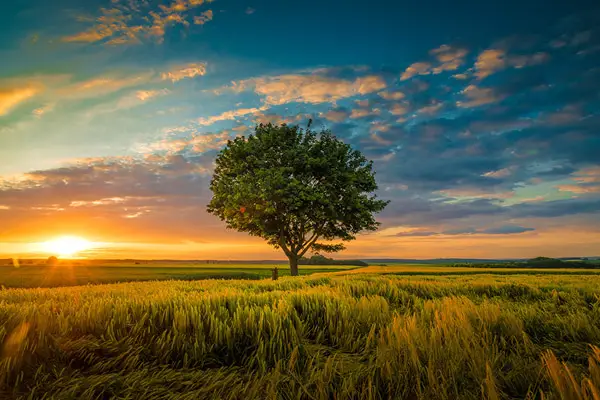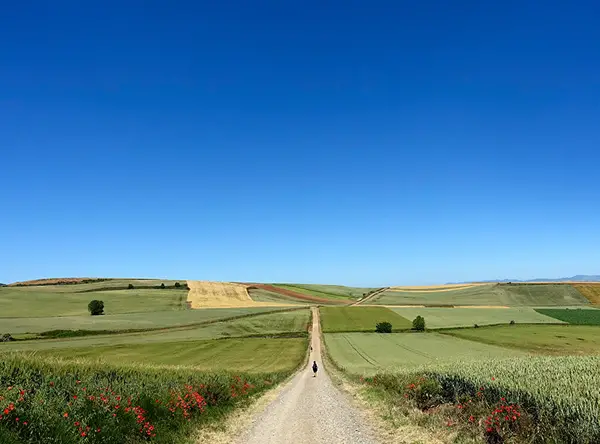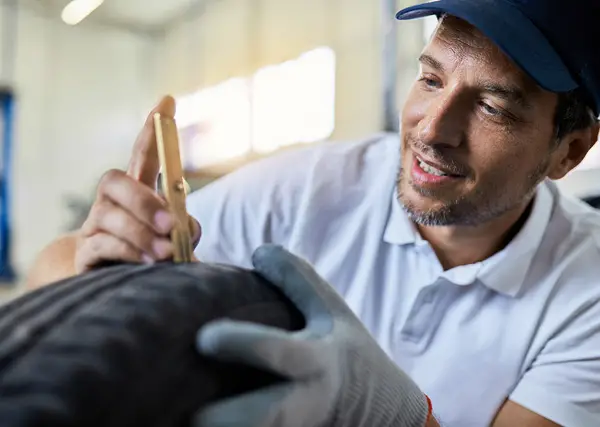6 Best Apartment Planner Tools For 2023 (Free & Paid)
If you’re a design hobbyist or a professional designer looking for interior design software to help you plan out an apartment, you may be wondering how to decide which apartment planner is the best choice.
There are lots of different options out there and many of them have similar benefits. For hobbyists, you’re probably looking for something affordable and easy to use. The professionals amongst you will most likely want something with more complex tools.
In our guide, we’re going to take a look at 6 of the best apartment planners out there and help you decide which is the best apartment planner tool currently available.
1) Planner 5D
The best interior design software that we’ve used is Planner 5D. It’s perfect for designing apartments as it allows you to modify even the smallest architectural details such as partitions, stairs, and windows.
You can also do the same for exteriors including pools and landscaping.
This design tool is fully immersive and you can build both 2D and 3D models. You can design them from scratch or take advantage of more than 4,000 pre-built templates. Once you’ve created your designs you can print them in photorealistic formats to show to others.
The program is very versatile and can be operated via any web browser. If you’d rather download it as a native app then it’s also available for iOS, MacOS, Windows, and Android.
Planner 5D can capture interior plans using snapshots and then convert these into HD visualizations. These images are very realistic and include shadows, colours, and different light angles.
The software also comes with a library of over 5,000 pre-built items which you can use to find the right items for all of your projects.
Planner 5D has several different price tiers which makes it an affordable option for both individuals and businesses.
The basic version doesn’t cost anything but the premium version costs £5.00 ($5.70) a month billed yearly at £59.99 ($69.00). For twice the price you can subscribe to the commercial version which is £10.00 ($11.50) a month also billed yearly at £119.99 ($136.00).

2) Roomstyler
Roomstyler is an easy-to-use interior design software that allows you to upload pre-existing floor plans or use pre-loaded templates. There’s a gallery of interior finishes for you to choose from and you can insert windows, doors, and walls.
The interface for this software is user-friendly and you can view your 3D image and your plan simultaneously. You can see different views by moving the camera around your plan.
You can also make use of over 120,000 brand-name items such as garden tools and kitchen appliances which can be inserted into your apartment models.
This is a free room design app that can be used without even signing up. If you do sign up, you can then upload your designs to Facebook to share with other people.
Another nice feature is the ‘available for purchase button’. If you like any of the items or décor you’ve used in your room layout model, you can click this button to purchase them.

3) Floorplanner
Floorplanner is an online room design software that can be operated via any web browser. It’s ideal for both companies and individuals. This software is perfect for planning apartments as you can design single rooms as well as entire floors.
It also allows you to design your room layouts so that you can plan how your furniture will fit into them.
This online room planner gives you great opportunities for collaboration. You can edit and present your ideas to colleagues and clients online via the cloud.
Floorplanner is simple to use and has a fluid operating system that doesn’t seem to experience many glitches. This makes it a good option for beginners who don’t have experience with BIM or CAD systems.
Floorplanner offers a free design software option but it is fairly limited. If you’d rather access the version with full features then the prices start at £4.00 ($5.00) a month for individuals and £50.00 ($59.00) a month for businesses.
Considering what’s included in the packages, this is one of the most affordable interior design tools on the market.

4) HomeByMe
HomeByMe is a browser-based interior design software that can also be downloaded as an app on both Android and iOS. This means that you can plan out your designs wherever you are, although the interior design tool is cloud-based so you do need to stay connected.
The basic version is a free room design software that isn’t as limited as many other free versions. For instance, when using HomeByMe’s free version you can work on three different projects at the same time.
The free option is suitable for hobbyists but probably wouldn’t be of much use to professional interior designers. This is because low-resolution images take a very long time to render and a large watermark is pasted across them.
HD images are rendered quickly but the free option limits you to a small number of these. However, you are given an unlimited number of low-resolution images.
It may not be the best interior design software available but it does handle complex designs well. You can use HomeByMe to draw up a simple floor plan or make more complicated designs.
As well as the free option, HomeByMe has a monthly subscription option and a one-time purchase option.

5) DreamPlan
DreamPlan is one of the best home design software tools when it comes to power and simplicity. Room planning is easy and it has lots of innovative features to help you fully realise your design ideas.
This interior design software can be used on both Mac and Windows. You can plan buildings on multiple levels and choose from a library of 3D models to furnish them. You can also use various building materials to modify and alter your designs on the inside and out.
DreamPlan is one of the best room design apps for built-in video tutorials. When using the room design app just look out for the blue camera icon which will lead you to a helpful tutorial video.
If you want to upload an existing floor plan then Trace Mode will come in handy. You can upload your room design into the software and then turn it into a 3D model.
In terms of price, this room design software costs £35.00 ($40.00) for home licensing and £45.00 ($50.00) for commercial licensing. This makes it an affordable option for both commercial interior design and amateur room designs.

6) Chief Architect Home Designer Suite
Home Designer Suite is one of the best interior design software programs for professionals but it does have a fairly steep learning curve which can make it difficult to use for an amateur room designer.
This interior design software allows you meticulously plan, edit precisely, and customize all your ideas down to the last detail. Many processes are also automated which makes the creative process more straightforward.
You can create rooms with lots of detail and use its floor planner to plan out your rooms accurately.
Home Designer Suite has many advanced features and gives you complete control over your new space or existing design project.
Although it may seem very complex to use at first the automated processes and aesthetically pleasing interface help a great deal with this.
Home Designer Suite is also available for Windows and Mac and you can use the free trial period to see if it’s right for you. The subscriptions come in various price tiers depending on the option you choose.

FAQs
Is the free version of Planner 5D any good?
The free version of Planner 5D is much better than the free versions offered by many other companies. It has a huge catalogue of items and templates for you to use, and you can create as many projects as you like. If you want to unlock the full version with access to the entire catalogue then the paid versions start at very affordable prices.
Can I upload furniture to Planner 5D?
Planner 5D allows you to create your own furniture designs and then upload them to the program. For example, you could make custom-tailored tables in different colours, sizes, and shapes.
How does interior design software help customers?
Interior design software is not just good for interior designers but it’s also very beneficial for clients. It allows designers to create digital models to show to clients so that they can give their approval. This means that clients can be a bigger part of the design process than they were in the past.

















